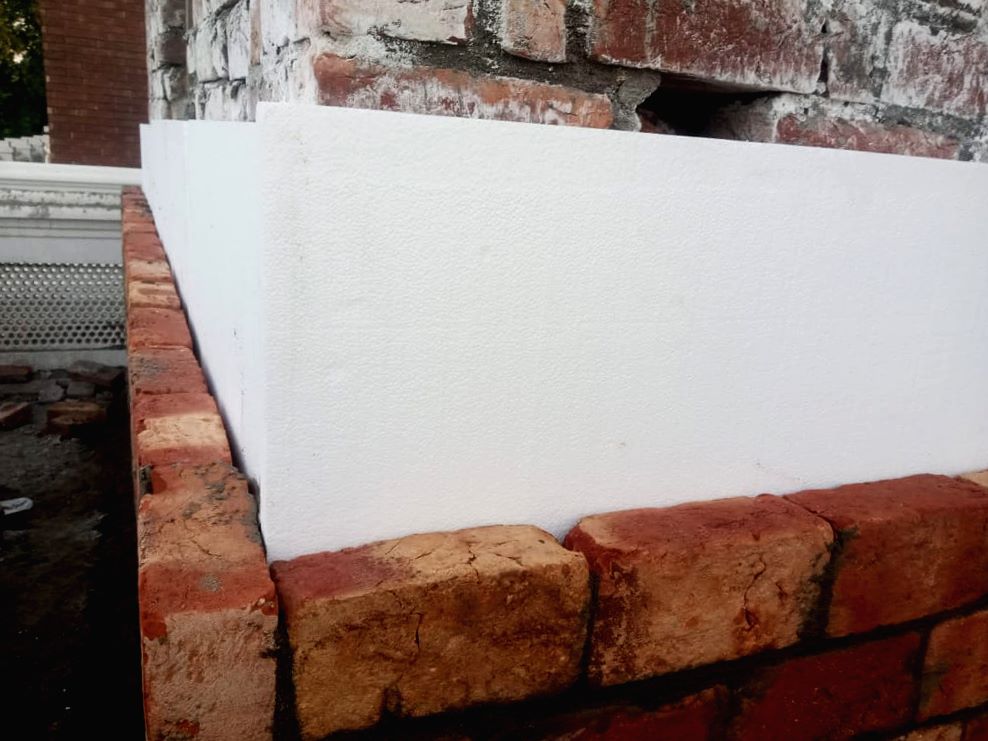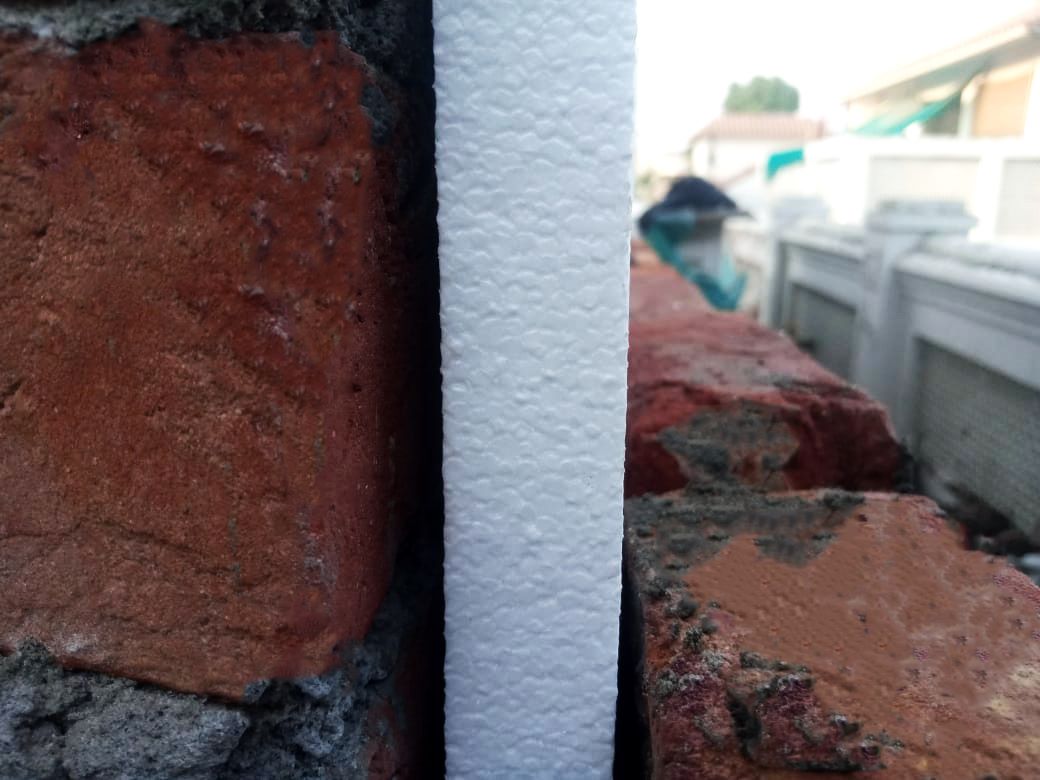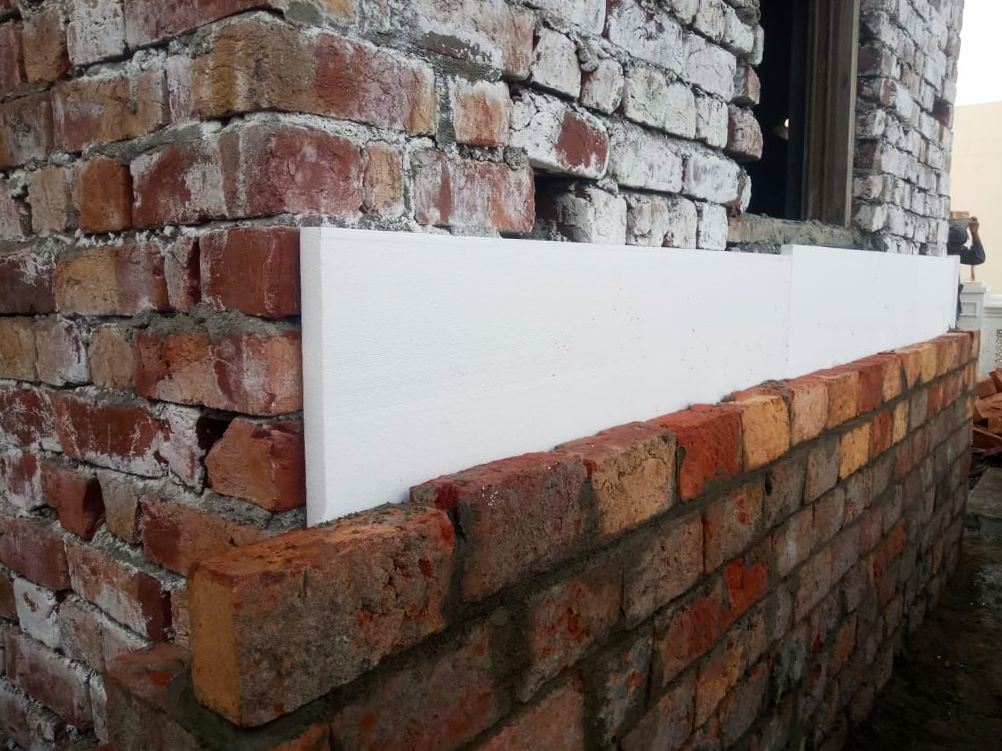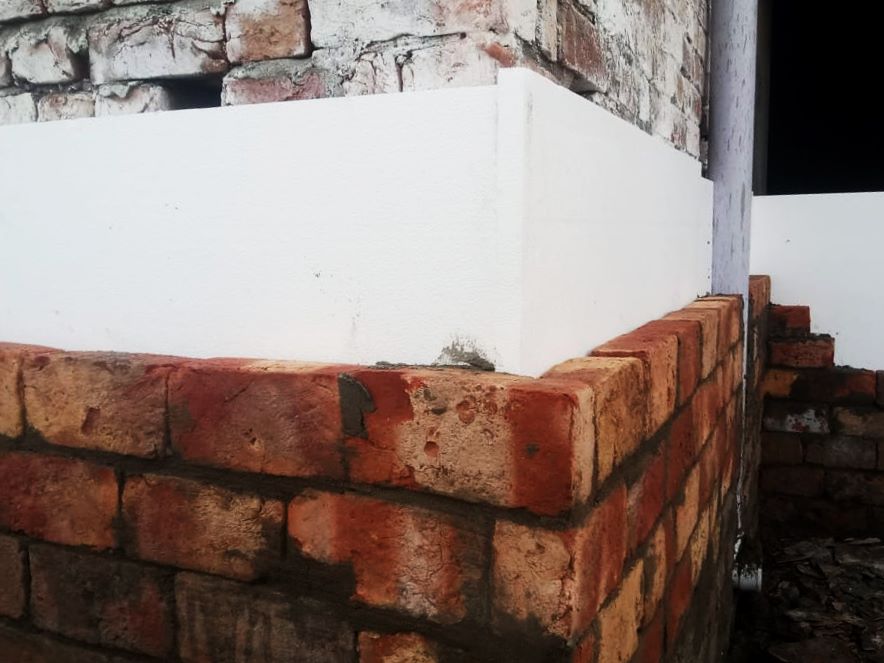Styrofoam Insulation Sheet
Have you ever wondered about the versatile uses of Styrofoam Insulation Sheet? This incredible material, also known as expanded polystyrene foam (EPS), offers a range of benefits and applications that make it a popular choice in packaging, insulation, construction, and even arts and crafts. What’s more, it is lightweight, rigid, and offers excellent insulation, cushioning, and structural support. In this informative article, we will explore the composition, benefits, and environmental considerations of this amazing material, as well as its various applications in different industries. As we consider the balance between its advantages and potential environmental impact, we can work towards a sustainable future.
Styrofoam Insulation Sheet, also known as expanded polystyrene foam (EPS), is a remarkable material with countless uses and benefits. Its lightweight, rigid structure makes it ideal for insulation, packaging, construction, and even arts and crafts. This article will delve into the composition, benefits, and environmental impact of this incredible material. We will also examine its diverse applications across different industries and consider how we can balance its advantages with environmental concerns to build a more sustainable future.
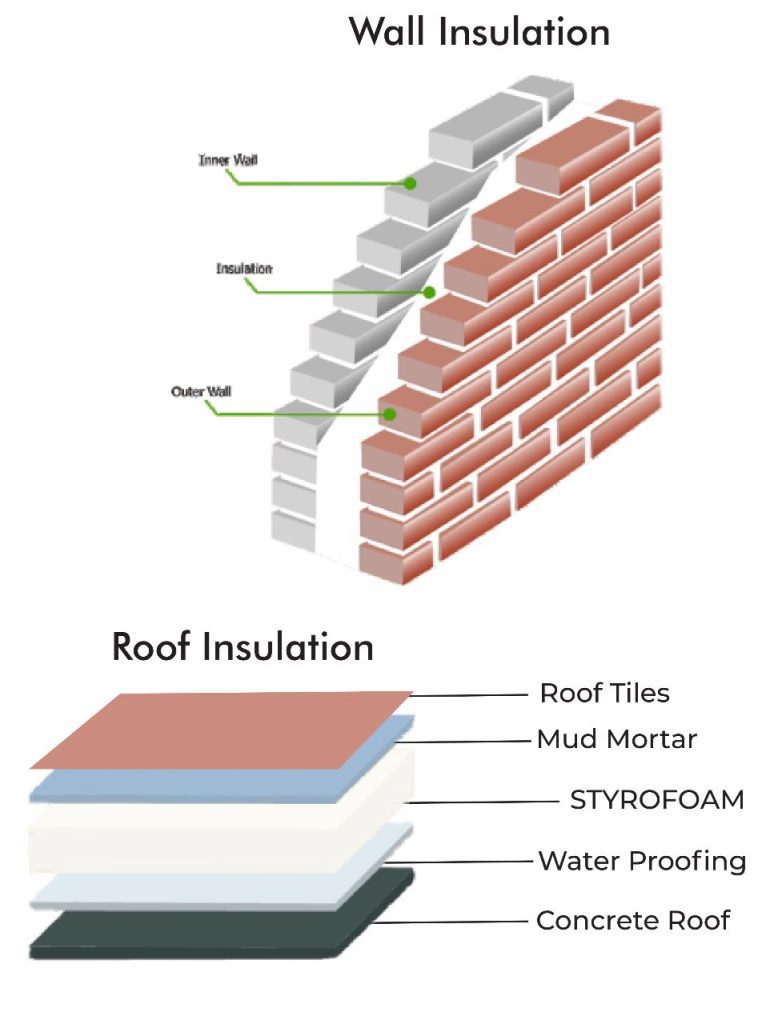
Composition and Manufacturing Process:
Styrofoam is composed of expanded polystyrene, a thermoplastic material derived from petroleum. The manufacturing process involves expanding and moulding polystyrene resin using heat, steam, and pressure. The resin beads, known as EPS beads, are fused to form the final foam product. During expansion, the beads transform, resulting in the characteristic cellular structure of Styrofoam.Applications of Styrofoam:
- Packaging: Styrofoam is widely used in the packaging industry due to its exceptional cushioning properties. It is commonly employed for protecting delicate and fragile items during transportation, such as electronics, appliances, glassware, and artwork. The lightweight nature of Styrofoam helps reduce shipping costs while providing reliable protection against impact.
- Insulation: Styrofoam’s excellent insulation properties make it an ideal material for thermal insulation in buildings. It is used in insulating walls, roofs, floors, and other building components to minimize heat transfer and enhance energy efficiency. The low thermal conductivity of Styrofoam helps maintain stable indoor temperatures, reducing the need for excessive heating or cooling.
- Construction: Styrofoam is also utilized in the construction industry for various applications. It is commonly used in concrete formwork, providing temporary moulds for casting concrete structures. The lightweight nature of Styrofoam formwork allows for easier handling and faster construction processes. Additionally, Styrofoam is used in architectural decorations, decorative mouldings, and props due to its ease of shaping and durability.
- Arts and Crafts: Styrofoam’s versatility and ease of manipulation make it a popular material for arts and crafts projects. It can be easily cut, shaped, and painted, allowing artists and hobbyists to create sculptures, models, props, and other creative pieces.
Benefits of Styrofoam Insulation Sheet:
- Insulation: Styrofoam’s closed-cell structure provides excellent insulation, effectively reducing heat transfer. This insulation property helps regulate indoor temperatures, leading to energy savings and increased comfort in buildings.
- Lightweight: Styrofoam is extremely lightweight, making it easy to handle and transport. Its lightweight nature reduces the structural load on buildings and simplifies installation processes.
- Cushioning: Styrofoam’s cushioning properties make it an ideal material for protecting fragile items during shipping and handling. Its ability to absorb impacts helps prevent damage to delicate objects.
- Versatility: Styrofoam can be easily cut, shaped, and moulded into various forms, allowing for customization and versatility in different applications.
Environmental Considerations:
While Styrofoam Insulation Sheet offers numerous benefits, its environmental impact has raised concerns. Here are some key considerations:- Non-Biodegradable: Styrofoam is non-biodegradable and can persist in the environment for hundreds of years, contributing to plastic waste accumulation.
- Recycling Challenges: Styrofoam recycling can be challenging due to its lightweight and bulky nature. However, recycling initiatives and facilities are emerging to address this issue.
- Pollution and Litter: Improper disposal of Styrofoam can result in pollution, as it can break down into smaller pieces and enter waterways or be ingested by wildlife.
- Alternative Materials: Consideration of alternative eco-friendly materials, such as biodegradable or recyclable packaging options, can help reduce the environmental impact of Styrofoam.
Conclusion:
Styrofoam, or expanded polystyrene foam, is a versatile material with a wide range of applications. Its insulation, cushioning, and structural properties make it valuable in packaging, construction, and various other industries. However, the environmental impact of Styrofoam Insulation Sheets should be carefully considered, and efforts should be made to promote responsible disposal and explore alternative eco-friendly materials. By striking a balance between its benefits and environmental considerations, we can make informed decisions regarding the use and management of Styrofoam, contributing to a more sustainable future.FAQs about Styrofoam
1. What is Styrofoam?
Styrofoam is a lightweight, rigid foam made from expanded polystyrene (EPS). It is commonly used for packaging, insulation, construction, and arts and crafts.
2. How is Styrofoam made?
Styrofoam is made by expanding and moulding polystyrene resin using heat, steam, and pressure. This process creates the characteristic cellular structure of the foam.
3. What are the main applications of Styrofoam?
Styrofoam is widely used for packaging delicate items, providing thermal insulation in buildings, constructing temporary moulds in concrete work, and for arts and crafts projects.
4. What are the benefits of Styrofoam?
Styrofoam offers excellent insulation, lightweight properties, cushioning for fragile items, and versatility in shaping and customization.
5. What are the environmental considerations of Styrofoam?
Styrofoam is non-biodegradable and can persist in the environment for a long time. Proper disposal and recycling efforts are important to minimize its environmental impact.
Roof Insulation-Methods
METHOD 1
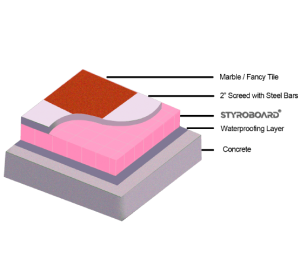
METHOD 2
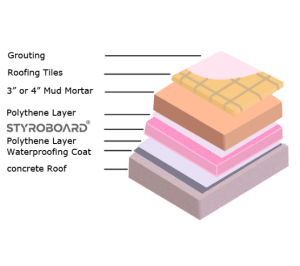
Technical Data
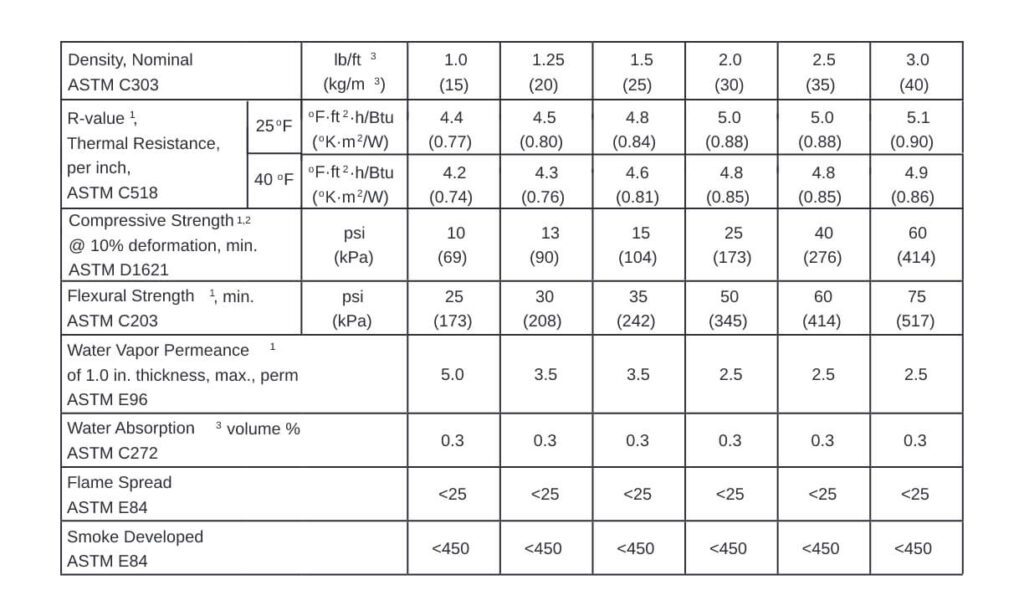
Areas of Usage
- Insulation for buildings (roofs, walls, floors)
- Storage of cold items
- Sheds for poultry control
- Fabrication of Eps
- Joints for expansion
- Housing that is prefabricated
- Insulation for server rooms
- Sound-insulating recording studios
- Designing in 3D

